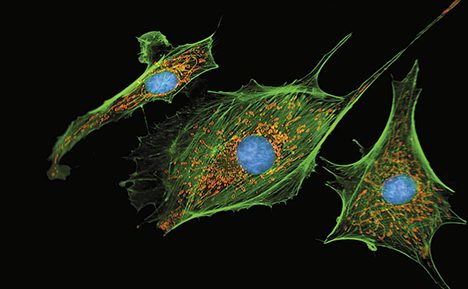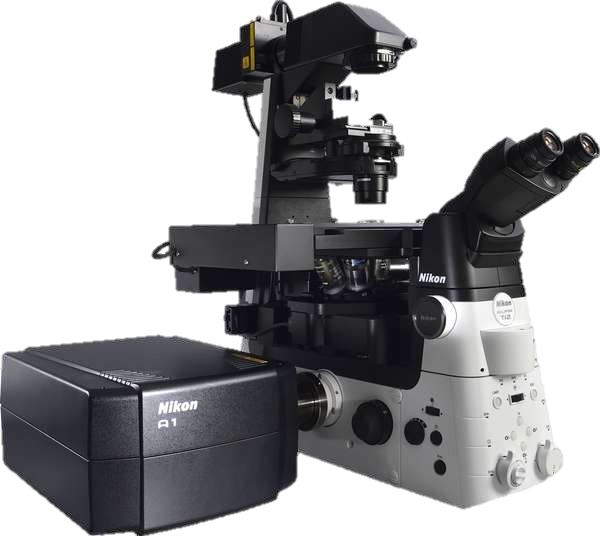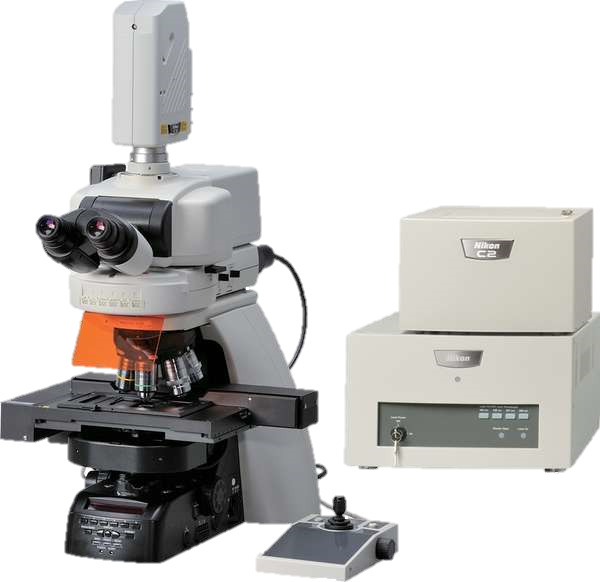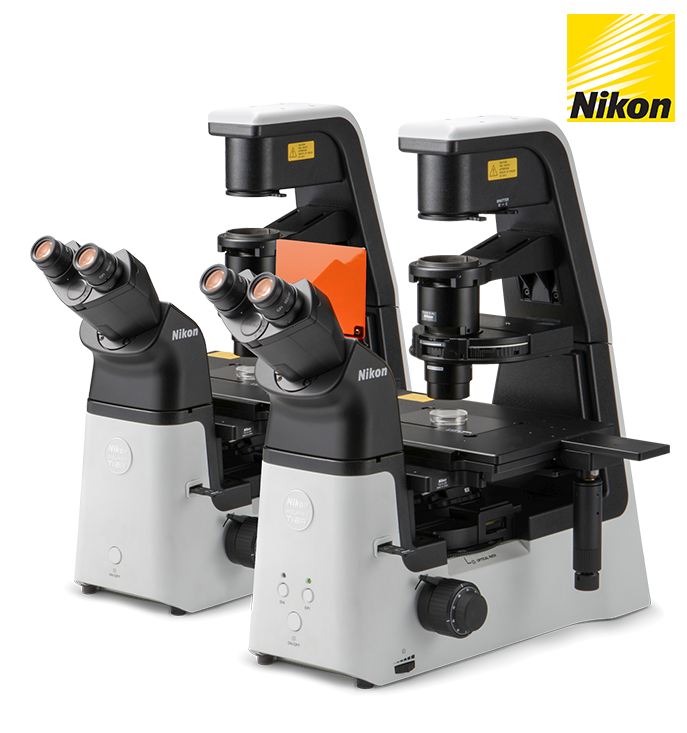Target Identification
Unravelling the complex relationship between genotype, expression, protein function and disease is the basis for identifying new drug targets in drug discovery. A variety of disciplines may be involved, such as epidemiology, genetics, genomics, molecular pathology and functional proteomics.
At the cellular level, important research strategies in elucidating gene and protein function include knock-down techniques (for example, RNAi and CALI), developmental studies in wild-type and mutant organisms, and protein localisation and protein interaction studies. Microscopy is an essential tool in these target identification strategies and in monitoring the effects of investigational compound on these targets.
Microscopy is used for micromanipulation when transfecting cells with knock-down molecules and verifying uptake and localisation within cells and tissues using GFP tags. It is also important in visualising directly the effects of gene knock-down and gene mutation in both developing organisms and in individual cells using time-lapse imaging. Microscopy is also essential for observing the downstream effects of gene and protein manipulation at the molecular level. Protein / protein interactions, protein dynamics and localisation can all be observed using fluorescent probes and technique such as FRET / BRET, FRAP and TIRF.
Key light microscopy techniques in target identification include fluorescence, confocal, multidimensional imaging, spectral imaging, FRET / BRET, FRAP, FLIM, and TIRF, photoactivatable GFP, kaede, and quantum dots imaging.

스펙





